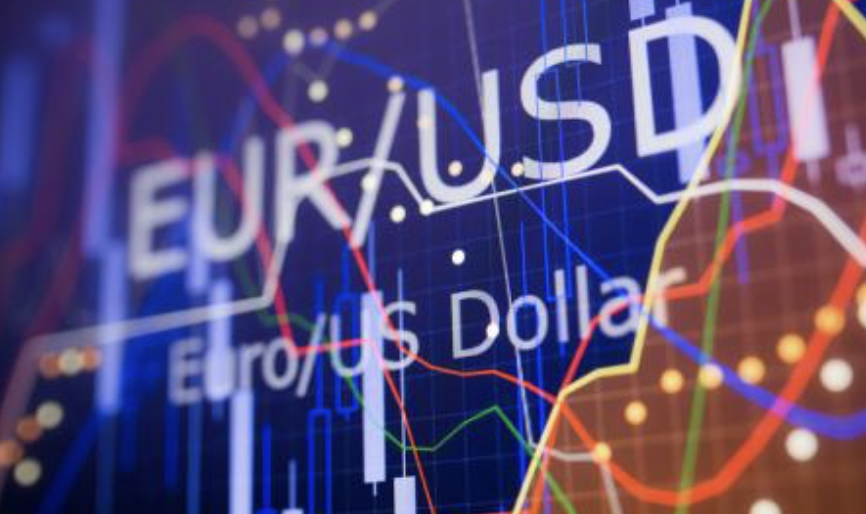EUR/USD pares losses prompted by US inflation below 1.000, EU energy plans, trade talks eyed
After plummeting the most in two years, EUR/USD stays stationary near its weekly low. US inflation rekindled Fed hawkishness ahead of next week's FOMC meeting. The decline in stock prices and the inversion of the yield curve further bolstered demand for the dollar as a safe-haven asset. EU's von der Leyen will unveil proposals to restrict energy prices, and USTR Tai will visit EC VP Dombrovskis.


During Wednesday's Asian session, EUR/USD bids increased to 0.9980 due to US inflation-driven losses around the weekly bottom. In doing so, the major currency pair consolidates the largest daily decline in two years in advance of diplomatic actions by the European Union (EU).
Tuesday's US inflation statistics rekindled fears about the Federal Reserve's fast rate hike and exacerbated recession concerns. The geopolitical concerns surrounding China and Russia are also acting as downward drivers for the EUR/USD. In spite of this, the US Consumer Price Index (CPI) for August increased by 8.3% year-over-year, surpassing market expectations by 0.1%. However, the monthly figures increased to 0.1%, exceeding the -0.1% expected and the 0.0% seen in previous readings. The core CPI, or CPI excluding food and energy, likewise exceeded the 6.1% consensus and 5.9% prior to printing at 6.3% for the month in question.
In contrast, Eurozone ZEW Economic Sentiment plummeted to -60.7 in September, compared to -52 anticipated and -54.9 previously. Germany's sentiment indicator decreased to -61.9, compared to -60 market estimates and -55.3 previous readings. Following the release of the data on Tuesday, German Economy Minister Robert Habeck stated, "We face the possibility of a recession next year." In the same vein, the German economic forecast for the second half of the year has deteriorated significantly, and output in the second half may stagnate or decrease.
Notable is the growth in hawkish Fed wagers, with next week's 75 basis point (bps) move becoming almost probable. There is a 25% possibility that the US Federal Reserve (Fed) will announce a complete 1% hike in the benchmark Fed rate at its meeting on September 21.
The inversion between short-term and long-term US Treasury bond yields worsened after US inflation data and fueled recession fears, which in turn weighed on the EUR/USD due to the pair's reputation as a risk-barometer. However, following the release of the data, rates on 10-year US Treasury notes rose to 3.412% and those on 2-year bonds rose to 3.76%, from roughly 3.411% and 3.745%, respectively. Moreover, after the announcement of the US CPI, US stocks experienced their largest daily decline in over two years, which impacted on the pair.
In addition, US Vice President Joe Biden's efforts to raise China's troubles and the push toward better ties with China exacerbate Sino-American tensions. In addition, worries that Russia could retaliate harshly after retreating from certain regions of Ukraine weighed on market mood and the EUR/USD exchange rate.
Recently, US President Joe Biden stated, "I'm not worried by today's inflation report," adding that the stock market is not necessarily a good indicator of the status of the economy. The cause may be related to the largest decline in US stocks in two years following the release of US inflation statistics.
Ursula von der Leyen's intentions for energy price capping and US Trade Representative Katherine Tai's visit to the European Union (EU) to meet European Commission Vice President Valdis Dombrovskis will be crucial to monitor for upcoming developments. Also essential will be the US Producer Price Index (PPI) prior to Thursday's US Retail Sales for the month of August and Friday's preliminary September Michigan Consumer Sentiment Index reading.
Bonus rebate to help investors grow in the trading world!

 English
English














